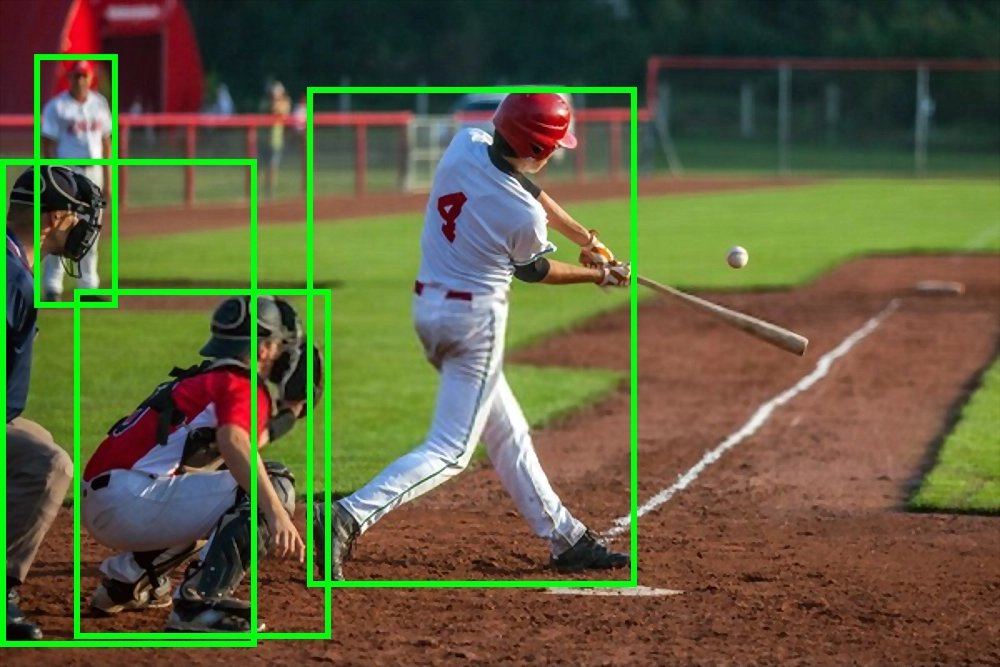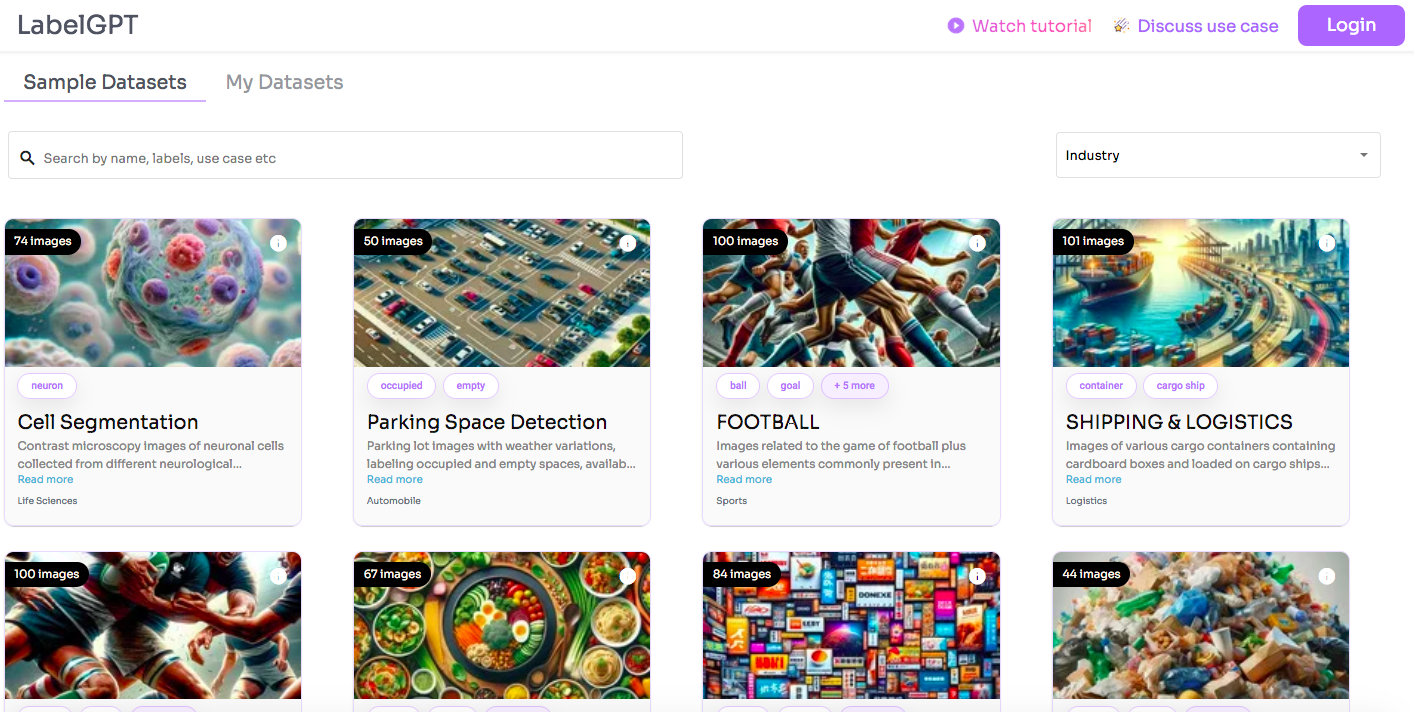Building a Cricket-Football-Baseball Classification Model with Computer Vision

Table of Contents
- Introduction
- Computer Vision in Sports
- Building Model
- Challenges Of Computer Vision
- Conclusion
- Frequently Asked Questions
Introduction
Performance analysis in sports has been transformed by the incorporation of cutting-edge technologies, especially in the areas of computer vision and machine learning.There is a growing need for creative computer vision applications in the modern sports technology environment.
The majority of major sports include quick and precise movements, which can occasionally be difficult for coaches and analysts to monitor and thoroughly assess. This is especially challenging when there is no way to supplement data collecting with wearable tracking devices and sensors.
Performance analysts are only able to get a restricted amount of video footage from training sessions and some matches, particularly if they are not broadcast on television. Rather of offering in-depth analysis, this clip is restricted to visualising the player's movements. The analyst must manually record and compile events for many hours while watching the video in order to get the data and insights from it.
This tutorial lays out a methodical approach and provides an understanding of the approaches and skills needed to create a reliable model for automatic identification of different sports. By this investigation, we enable people to use computer vision to improve baseball, football, and cricket scenario comprehension and analysis, which promotes innovation in the sports technology space.
Computer Vision in Sports
The way that sports are played is changing dramatically as a result of the incorporation of cutting-edge technologies like computer vision. The performance of athletes has reached previously unheard-of heights thanks in large part to these technological developments.
Computer vision is essential for a variety of applications, from performance analysis to training sessions. Through the utilization of image and video processing, athletes' motions, methods, and overall gameplay can be more deeply understood.

Some Key Benefits of Computer Vision in Sports
Enhanced Viewer Engagement - Rather than merely providing a panoramic image of the entire pitch, cameras now know where to focus, automatically locating the action.
Higher Accuracy in Training - Without a coach, it is impossible to identify errors in training, and even for coaches, it is easy to overlook crucial information on the first try.Software for recognizing objects can track an athlete and point out any technique flaws.
Enhanced Evaluation of Decisions - Forget controversial calls; instead, use 3D simulations and video analysis to verify outcomes such as goals, LBW, outs, offsides, and photo finishes in races.
Athlete Safety Assurance - Large data sets, such as those pertaining to player position, game type, equipment utilized, playing surface, environmental conditions, and player injuries, can be analyzed by algorithms, which can then be used to improve injury treatment and rehabilitation, ultimately leading to injury prevention.
Building Model
Data Collection and preprocessing
Gather a wide range of data, such as high-resolution pictures of players, equipment, and situations in different sporting contexts. Make sure that all classes are fairly represented, and use data augmentation strategies to promote diversity. Label photos manually, divide them into testing and training sets. Gather and arrange the data in an ethical manner, recording specifics to ensure thorough comprehension and model training.
For gathering data, there are several websites that one can visit, such as Kaggle,UC Irvine Machine Learning Repository,Dataset Search etc.
Data Annotation
Label the dataset by annotating images with bounding boxes or segmentation masks indicating the location and extent of defects or components using tools like Labellerr.

Model Selection and Architecture
Choose a convolutional neural network (CNN) architecture, such as ResNet, VGG16, or MobileNet, that is appropriate for classifying images. Adjust the output layer of the selected pre-trained model to correspond with the number of classes (Baseball, Football, Cricket). Adjust the model based on the particular dataset, taking normalisation methods and input image size into account. Achieve optimal model performance by maintaining a balance between computational efficiency and complexity.
Model Training
Using efficient deep learning frameworks such as TensorFlow or PyTorch to put the selected CNN architecture into practice. Use labelled bounding boxes for images of baseball, football, and cricket using annotated datasets. To improve model learning, use stochastic gradient descent optimisation techniques. Optimise the model by using suitable loss functions, such as categorical cross-entropy, adjusting for the particulars of the sports classification task, and reducing mistakes in recognising and classifying the various activities in the dataset.
Testing
To evaluate how well the model performs with a different dataset. Make use of a varied collection of pictures that depict different football, baseball, and cricket situations. Analyse the model's recall, accuracy, and precision while taking into account its capacity to accurately categorise various sporting activities. Iteratively improve the model's performance for practical situations by fine-tuning it in response to test findings. Make sure the model is rigorously tested to confirm its efficacy and dependability in correctly categorising athletic activities.
Integration and Deployment
Integrated into live surveillance systems for real-time applications. Use the algorithm to automatically detect and classify baseball, football, and cricket actions from video streams. To guarantee that events are recognised on time, optimise for low latency.

Monitoring and Maintenance
Establish ongoing observation and recurring updates with new data. Preserve the transparency of versioning while making efficient use of available resources. With the assistance of automated backups, carry out routine maintenance for infrastructure upgrades, security updates, and software updates.
Challenges Of Computer Vision
Even while computer vision has the potential to completely transform the analysis of sports performance, many obstacles still remain. Particularly when it comes to completely automating sports video analysis, technology falls short of the human eye's adaptability.
Players' quick, unpredictable movements, different body postures, and occlusion during collisions present challenges for tracking and labelling. Furthermore, quick dribbles in football or abrupt direction changes can provide a problem for automated tracking systems.
Despite this, the fields of artificial intelligence and computer vision continue to grow quickly, adding datasets and creating novel methods that approach the capabilities of human vision.
Conclusion
Incorporating computer vision techniques improves viewer interest and training accuracy while also improving decision reviews and athlete safety. Real-time surveillance applications are made possible by careful deployment planning, showcasing the technology's adaptability and possible social influence in the sports industry.
Frequently Asked Questions
Q1.How to use computer vision in sports?
Technology for image and video analysis to improve audience engagement, player tracking, and performance analysis. Computer vision helps automate tasks like as activity classification, referee decision support, and player recognition by extracting useful insights from visual data.
Q2.What is the computer vision system in sport?
In sports, a computer vision system is a technological tool that analyses visual data pertaining to athletic events using image and video processing algorithms. In order to collect data, these systems usually use cameras or other optical sensors. Computer vision algorithms then interpret the data for use in a variety of sports applications.
A few instances are performance analysis, event detection, activity recognition, and player tracking. These technologies are essential for task automation, real-time insight provision, and improved decision-making in sports.

Simplify Your Data Annotation Workflow With Proven Strategies
.png)



